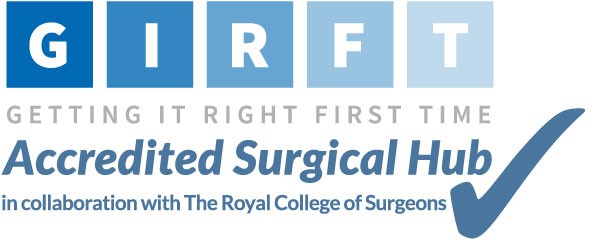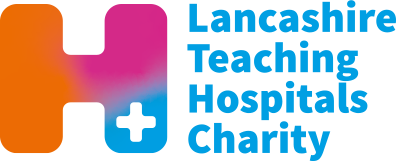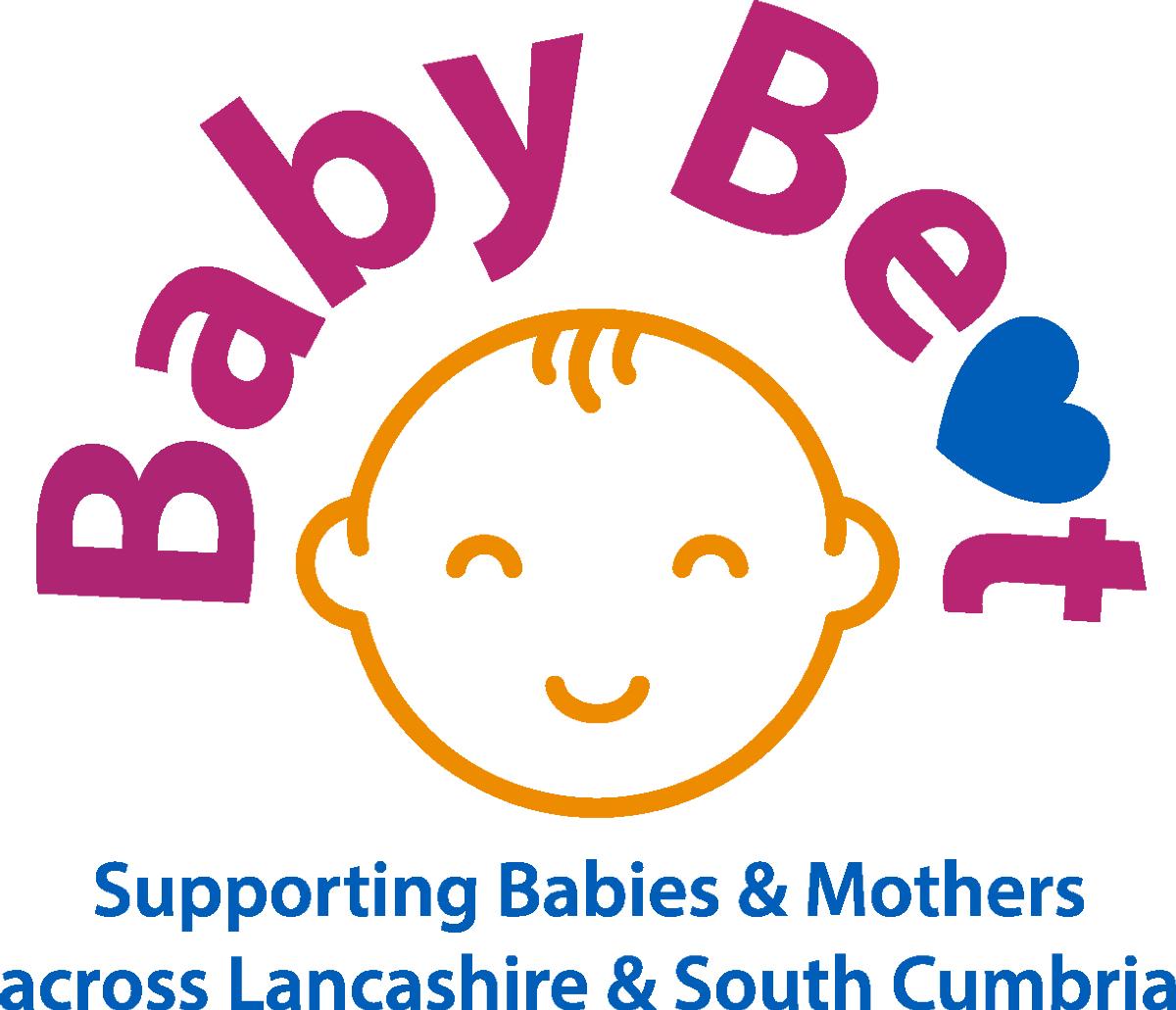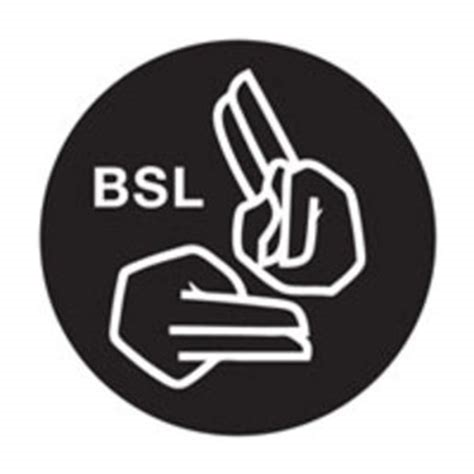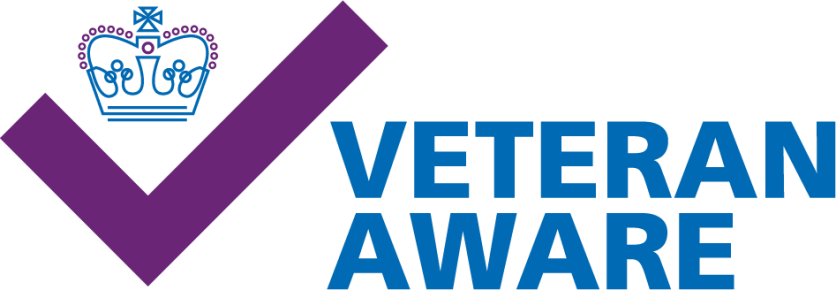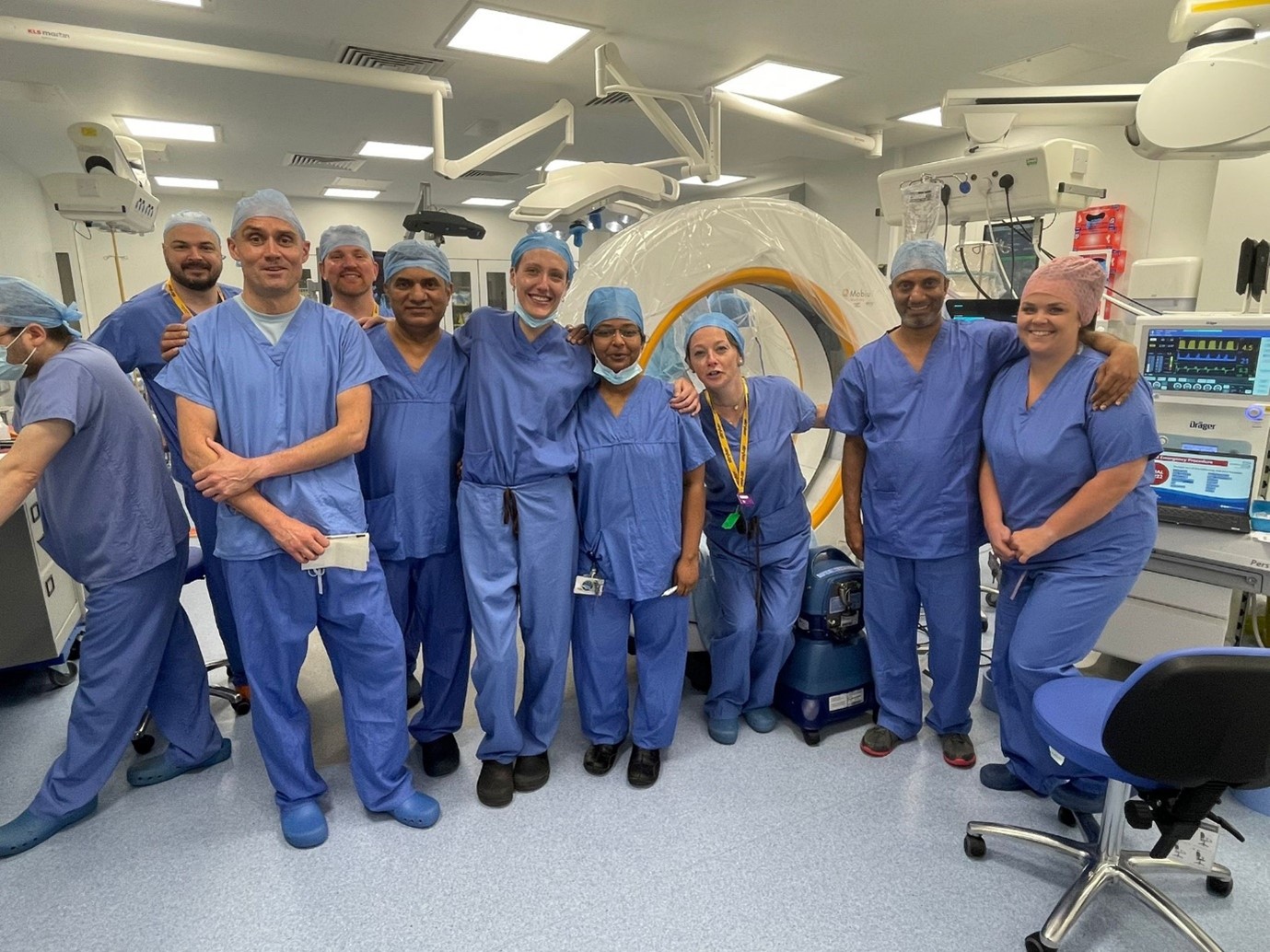
In a significant leap forward in precision and patient safety, the Trust’s Neurosurgery department has successfully performed its first complex spinal surgery utilising intraoperative 3D CT and navigation technology.
This state-of-the-art technique involves the use of Stryker’s AIRO TruCT - an intraoperative 3D CT scanner – which allows surgeons to obtain high-resolution, real-time images of the spine during surgery.
This enables the surgical team to visualise the intricate structures of the spine with unprecedented clarity and accuracy. Combined with advanced navigation systems, surgeons can precisely plan and execute the surgery, reducing the risk of complications and improving outcomes.
Neurosurgeon Syed Hashmi, Implementation Lead for the AIRO CT and Navigation System, said: “At the Trust, we are committed to integrating the latest advancements in medical technology to provide the highest level of care.
“The adoption of intraoperative 3D CT and navigation technology underpins our dedication to innovation and excellence in spinal surgery, ensuring our patients receive the safest and most effective treatment available.”
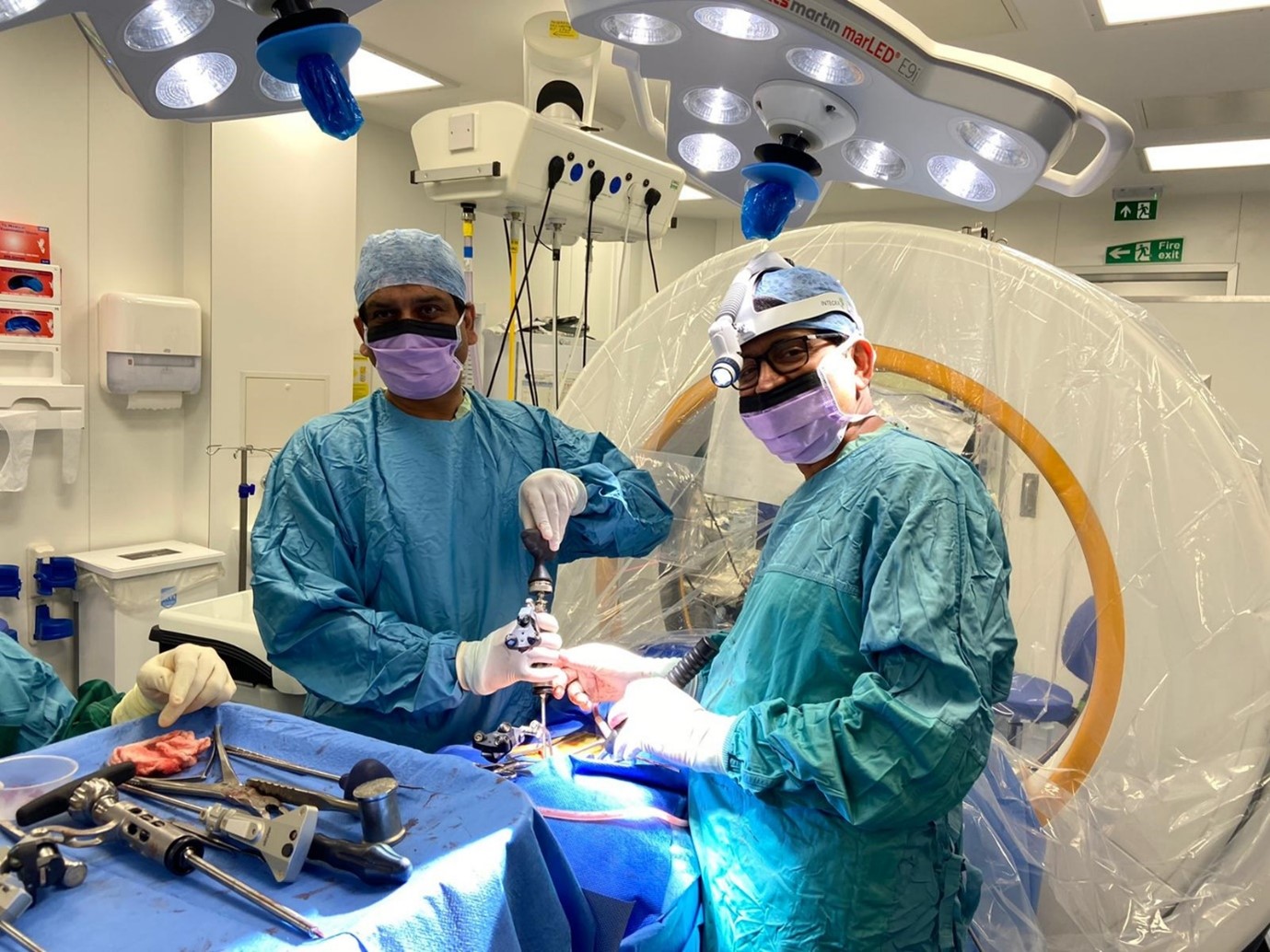
One of the primary advantages of using intraoperative 3D CT and navigation technology is the enhanced ability to place spinal implants with remarkable precision. This reduces the likelihood of errors, minimises tissue damage, and shortens recovery times for patients.
Moreover, this technology can significantly decrease the need for follow-up surgeries, ultimately reducing healthcare costs and improving patient satisfaction.
Patient Jason Westcott was the first to undergo this new complex procedure.
He was diagnosed with L3/4 spinal stenosis - a narrowing of the spinal canal, compressing the nerves traveling through the lower back into the legs – for which he was required to have L3/4 decompression surgery to treat the compressed nerves, pedicle screw fixation and interbody fusion.
AIRO 3D CT was used for placement of pedicle screws and an interbody cage using navigation, placed between vertebrae after removing the damaged disc.
Jason said: “Post-surgery I have started to notice good signs of recovery. I have at least 30% less pain in my left leg and around the same increase in power, which I hope will continue to improve and increase in the weeks and months to come, and hopefully have a permanent and positive impact on my life.
“I would like to take this opportunity to thank the surgical team for their ongoing treatment of my condition and specifically this most recent operation, which has shown very positive signs so early after the procedure.”
